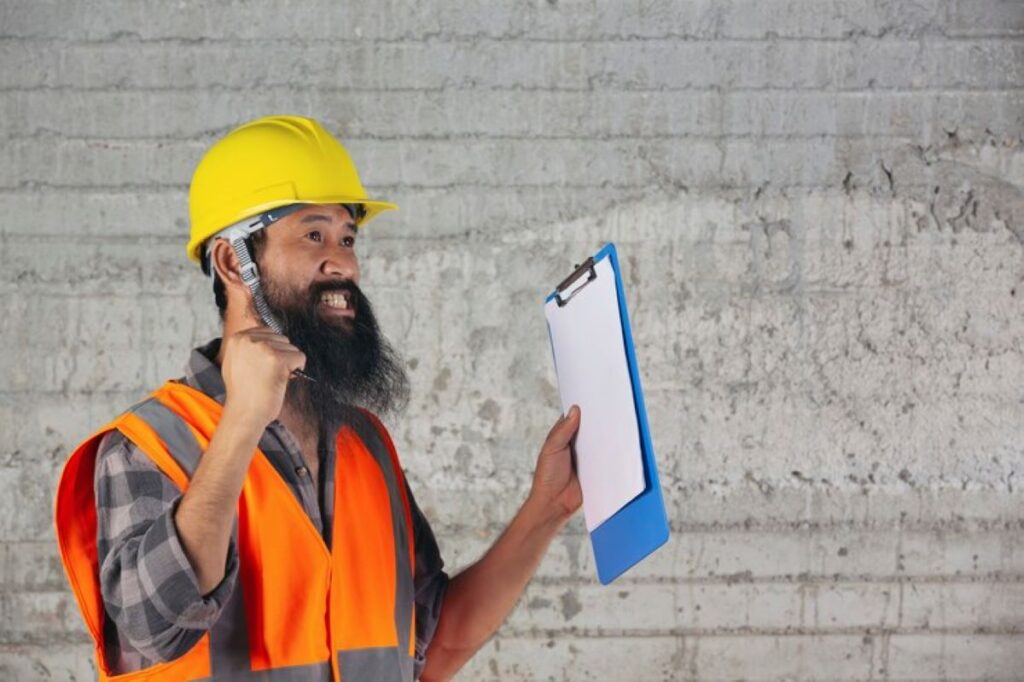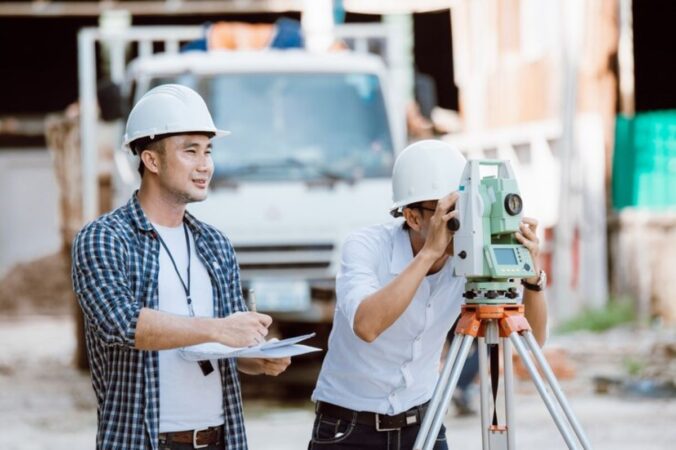In recent years, the surveying industry in Brisbane has experienced a significant transformation, driven largely by technological advancements. These changes have not only improved the efficiency and accuracy of surveying practices but have also expanded the scope of services offered. From the integration of advanced software to the utilisation of drones, technology is reshaping the landscape of surveying in this vibrant city.
The Rise of Digital Surveying Techniques
Digital surveying Brisbane techniques have revolutionised the way surveyors collect and analyse data. Traditional methods, which often relied on manual measurements and physical maps, are increasingly being replaced by sophisticated digital tools that streamline the entire process.
3D Modelling and Visualisation
One of the most significant advancements in digital surveying is the use of 3D modelling and visualisation software. This technology allows surveyors to create detailed representations of land and structures, providing clients with a clearer understanding of projects before they commence. By visualising the end result, stakeholders can make more informed decisions, reducing the likelihood of costly changes later in the development process.
Furthermore, 3D modelling enhances collaboration among architects, engineers, and planners. By sharing a common visual platform, all parties can work together more effectively, ensuring that everyone is on the same page from the outset. The ability to manipulate and interact with the model in real-time also fosters creativity and innovation, as team members can experiment with different design elements and assess their impact instantly, leading to more refined and efficient project outcomes.
Geographic Information Systems (GIS)
Geographic Information Systems (GIS) have become indispensable tools for surveyors in Brisbane. These systems enable the integration of various data sources, allowing for comprehensive analysis and mapping of geographical features. GIS technology provides surveyors with the ability to overlay different data sets, such as topographical maps, zoning regulations, and environmental considerations, facilitating a more holistic approach to land assessment.
Moreover, GIS assists in identifying patterns and trends that may not be immediately apparent through traditional surveying methods. This capability is particularly beneficial in urban planning, where understanding the interplay between land use, infrastructure, and environmental factors is crucial. For instance, GIS can reveal how urban sprawl affects local ecosystems or how transportation networks can be optimised to reduce congestion. As cities continue to grow and evolve, the insights gained from GIS will be vital in shaping sustainable development strategies that balance human needs with environmental preservation.
The Impact of Drones on Surveying
Drones, or unmanned aerial vehicles (UAVs), have emerged as a game-changer in the surveying industry. Their ability to capture high-resolution aerial imagery and gather data quickly has made them an invaluable asset for surveyors in Brisbane.
Increased Efficiency and Cost-Effectiveness
The use of drones significantly reduces the time required to survey large areas. Traditional surveying methods often involve extensive ground work, which can be time-consuming and labour-intensive. In contrast, drones can cover vast expanses in a fraction of the time, allowing surveyors to complete projects more efficiently.
This efficiency translates into cost savings for clients. By minimising the time spent on-site and reducing the need for extensive manpower, drone technology enables surveyors to offer competitive pricing without compromising on quality.
Enhanced Data Collection and Accuracy
Drones are equipped with advanced sensors and cameras that capture high-resolution images and data with remarkable precision. This capability enhances the accuracy of surveys, as the data collected can be processed and analysed using sophisticated software tools.
Additionally, drones can access hard-to-reach areas, such as steep terrains or densely populated urban environments, where traditional surveying methods may pose safety risks. This versatility allows surveyors to gather comprehensive data that might otherwise be overlooked.
Integration of Artificial Intelligence
Artificial intelligence (AI) is increasingly being integrated into surveying practices, further enhancing the capabilities of surveyors in Brisbane. AI technologies can analyse vast amounts of data quickly and accurately, providing insights that inform decision-making.
Data Analysis and Predictive Modelling
AI algorithms can process complex datasets to identify patterns and trends that may not be immediately apparent. This capability is particularly useful in predictive modelling, where surveyors can forecast potential issues or opportunities based on historical data.
For instance, in urban development projects, AI can analyse demographic trends, traffic patterns, and environmental factors to recommend optimal land use strategies. This data-driven approach allows stakeholders to make informed decisions that align with the needs of the community and the environment.
Automation of Routine Tasks
AI can also automate routine tasks, such as data entry and report generation, freeing up surveyors to focus on more strategic aspects of their work. This not only enhances productivity but also reduces the likelihood of human error, leading to more reliable outcomes.
By embracing AI technology, surveyors in Brisbane can improve their operational efficiency and deliver higher-quality services to clients.

The Role of Mobile Technology
Mobile technology has become an integral part of surveying practices, allowing surveyors to access and share information in real-time. The proliferation of smartphones and tablets has enabled surveyors to conduct fieldwork more effectively and efficiently.
Real-Time Data Collection
With mobile devices, surveyors can collect data on-site and upload it directly to central databases. This real-time data collection eliminates the need for time-consuming paperwork and ensures that information is readily available for analysis.
Furthermore, mobile technology allows surveyors to communicate instantly with team members and clients, facilitating collaboration and decision-making. This immediacy is particularly beneficial in fast-paced projects where timely information is crucial.
Field Applications and Software
Numerous applications and software solutions tailored for surveying have emerged, enabling surveyors to perform calculations, manage projects, and generate reports directly from their mobile devices. These tools enhance productivity by providing surveyors with the resources they need at their fingertips.
Additionally, mobile technology allows for the integration of augmented reality (AR), which can overlay digital information onto the physical world. This capability can assist surveyors in visualising projects and assessing site conditions more effectively.
Challenges and Considerations
While technology has undoubtedly transformed surveying practices in Brisbane, it is essential to acknowledge the challenges that accompany these advancements. Surveyors must navigate issues related to data security, regulatory compliance, and the need for ongoing training.
Data Security and Privacy
As surveying increasingly relies on digital data, concerns regarding data security and privacy have emerged. Surveyors must ensure that sensitive information is protected from cyber threats and that they comply with relevant regulations governing data handling.
Implementing robust cybersecurity measures and adopting best practices for data management are essential steps in safeguarding client information and maintaining trust within the industry.
Regulatory Compliance
The integration of new technologies often necessitates compliance with evolving regulations and standards. Surveyors must stay informed about changes in legislation that may impact their practices, particularly concerning drone usage and data collection methods.
Engaging with industry associations and regulatory bodies can provide surveyors with valuable insights and resources to navigate these challenges effectively.
The Future of Surveying in Brisbane
As technology continues to evolve, the future of surveying in Brisbane looks promising. The ongoing integration of innovative tools and techniques will likely lead to even greater efficiencies and capabilities within the industry.
Embracing Continuous Learning
To remain competitive and relevant, surveyors must embrace continuous learning and professional development. This commitment to ongoing education will enable them to adapt to new technologies and methodologies as they emerge.
Participating in training programs, workshops, and industry conferences can provide surveyors with the knowledge and skills necessary to leverage technology effectively in their practices.
Collaboration and Innovation
The future of surveying will also be shaped by collaboration among professionals from various disciplines. By fostering partnerships between surveyors, engineers, architects, and urban planners, innovative solutions can be developed to address the complex challenges facing Brisbane’s urban landscape.
As technology continues to advance, the potential for innovation within the surveying industry is limitless. By embracing these changes, surveyors in Brisbane can enhance their services and contribute to the sustainable development of the city.

Conclusion
Technology is undeniably changing the landscape of surveying in Brisbane. From digital tools and drones to AI and mobile technology, these advancements are enhancing the efficiency, accuracy, and scope of surveying practices. While challenges remain, the future holds great promise for the industry as it adapts to new technologies and embraces continuous learning and collaboration. As Brisbane continues to grow and evolve, so too will the surveying profession, ensuring that it remains an essential component of the city’s development.
Related : Common Challenges Faced by Brisbane Surveyors and How They Solve Them
